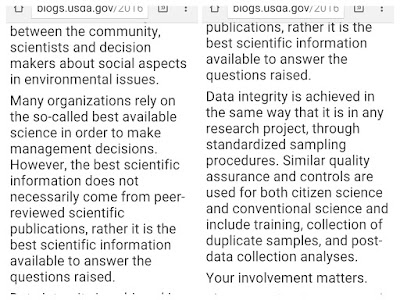Agriculture contaminants is one of the 3 pollution sources quoted in EWG's Tap Water Database: Pollution Sources and is one reason ElectroHemp has been sharing ways farmers can use buffer zones, filter strips with phytoremediation to lesson field pollution runoff scenarios.
Manure is another important source of water contamination. It’s estimated that livestock produce up to 1 billion tons of manure each year, and runoff from farms and feedlots can be laden with sediments and disease-causing microorganisms. And many pesticides have no federally mandated limits for drinking water, which means utilities and their customers have no benchmark to know if the amount of a specific pesticide in water is safe.
Many water utilities in farm country are forced to treat water supplies to remove agriculture-related pollutants, often relying on expensive processes such as carbon treatment and ion exchange. Despite utilities' efforts, agricultural contaminants are detected in the drinking water served to millions of Americans each year.
Source: EWG's Tap Water Database: Pollution Sources
Agriculture
Agricultural activities are one of the main sources of water pollution for U.S. rivers, streams, lakes, wetlands and groundwater. Each year, farm operators apply more than 12 million tons of nitrogen fertilizer and 8 million tons of phosphorous fertilizer to cropland, some of which runs off into water sources.Manure is another important source of water contamination. It’s estimated that livestock produce up to 1 billion tons of manure each year, and runoff from farms and feedlots can be laden with sediments and disease-causing microorganisms. And many pesticides have no federally mandated limits for drinking water, which means utilities and their customers have no benchmark to know if the amount of a specific pesticide in water is safe.
Many water utilities in farm country are forced to treat water supplies to remove agriculture-related pollutants, often relying on expensive processes such as carbon treatment and ion exchange. Despite utilities' efforts, agricultural contaminants are detected in the drinking water served to millions of Americans each year.
Source: EWG's Tap Water Database: Pollution Sources















